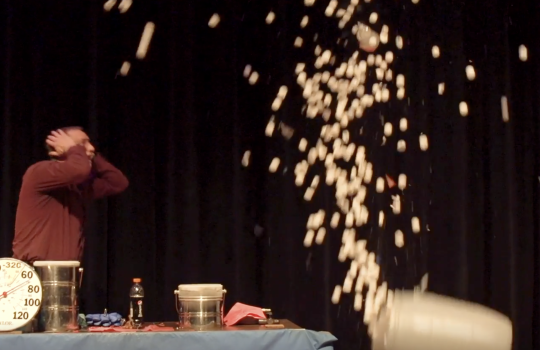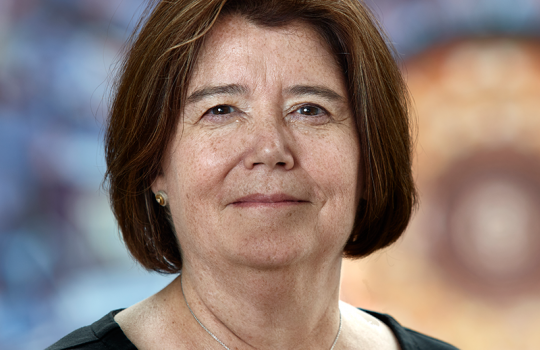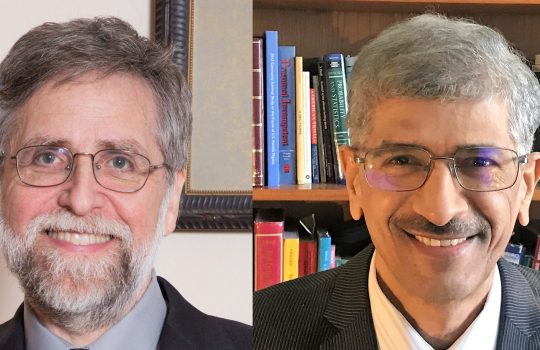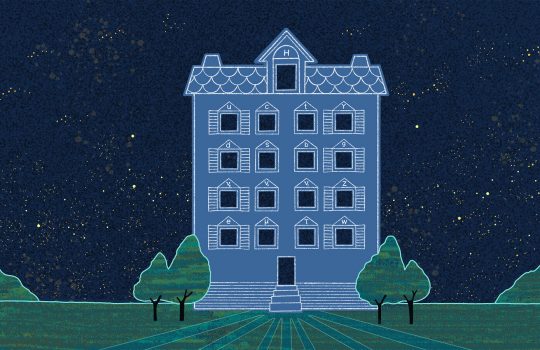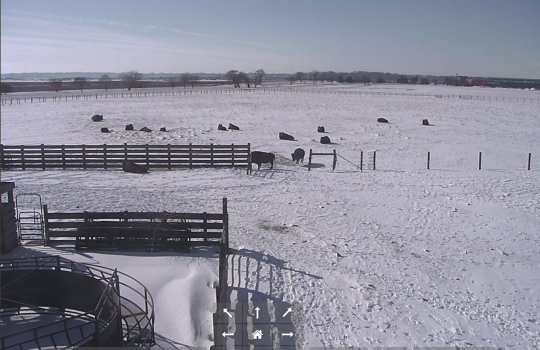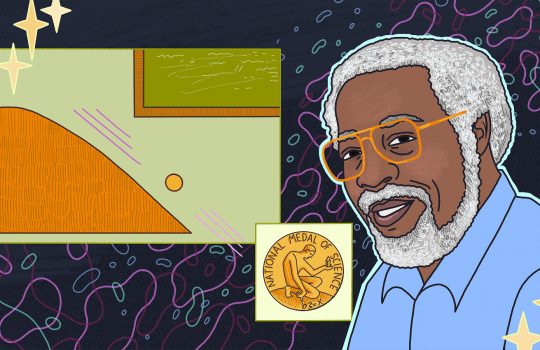Fermilab open house reaches science fans around the world
An array of virtual events brought Fermilab physics to more than 12,000 participants in 35 countries. The 2022 Fermilab Family Open House included tours, talks, demos, classroom visits and more.

